Get PeakVisor App
Sign In
Search by GPS coordinates
- Latitude
- ° ' ''
- Longitude
- ° ' ''
- Units of Length

Yes
Cancel
Share ×

Scan the QR code and open PeakVisor on your phone
❤ Wishlist ×
Choose
Delete
Wilcox Lake Wild Forest is an outdoor recreation destination situated in the northern region of the state of New York in the US. The forest is one of the largest wild forest units in the Adirondack Park. There are 59 named peaks in the wild forest, the highest and most prominent of which is Crane Mountain (3,255 ft/ 992 m).

Wilcox Lake Wild Forest is located in Upstate New York in the southeastern region of the Adirondack Park.
The forest encompasses 124,643 acres (50,440 ha) of rugged land to the north of Great Sacandaga Lake and to the west of Lake George. Around 111,000 acres (44,920 ha) of the forest are part of a single main parcel of land and the rest of the wild forest is contained in numerous smaller non-contiguous parcels.
The entire wild forest is bounded by the Hudson River in the east, the Adirondack Park Blue Line to the south, State Route 8 to the north, and State Route 30 to the west. The forest lies within Fulton, Hamilton, Saratoga, and Warren counties.
Wilcox Lake Wild Forest features rolling forested hillsides, creeks, and numerous lakes. Despite the dense tree coverage, some of the tallest peaks in the wild forest are free of trees due to intense forest fires that occurred in the region during the early twentieth century.
Rocky bluffs in the wild forest provide hikers with good vantage points for views of the Adirondack Mountains. Major bodies of water in the forest include the Great Sacandaga Lake, Johnny Cake Lake, and Gordons Creek.
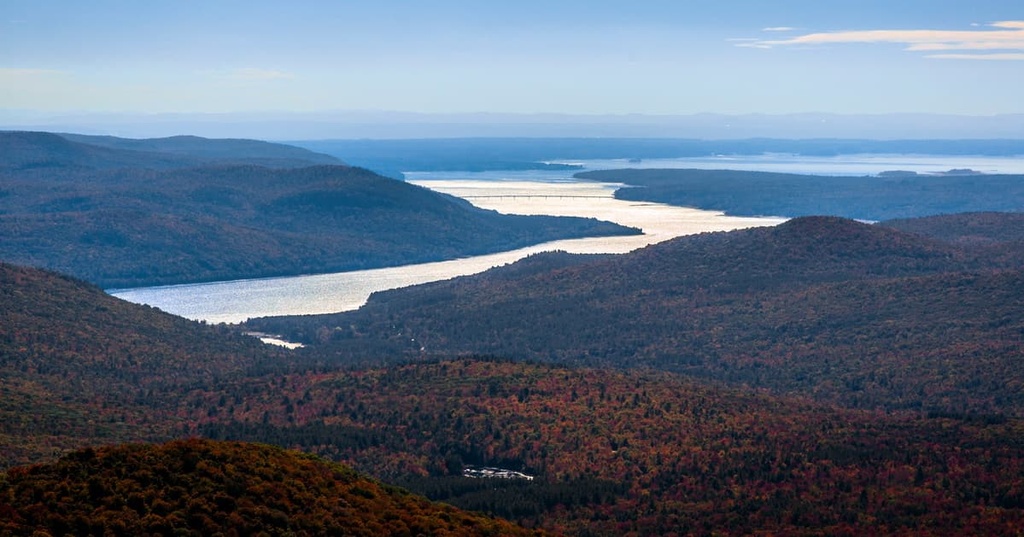
Many of the hiking trails in the forest follow along the various creeks and they lead to lakes, viewpoints, and fire tower lookouts. Today there are 92 miles (148 km) of marked hiking trails and dozens of primitive campsites in Wilcox Lake Wild Forest.
Additionally, Wilcox Lake Wild Forest lies near numerous other parks and forests for outdoor recreation. The forest is situated within the Adirondack Park and the Blue Mountain Wild Forest is located to the northwest. Furthermore, the Jessup River and Ferris Lake Wild Forests are situated to the west of Wilcox Lake while Vanderwhacker Mountain Wild Forest is located to the north and Lake George Wild Forest is nestled to the east.
The peaks within the Wilcox Lake Wild Forest are part of the Adirondack Mountains, a massif that spans across Upstate New York. This massif is also mostly contained within the boundaries of the Adirondack Park.
The Adirondacks form a circular dome that encompasses 5,000 sq. miles (13,000 sq. km) of terrain across the northern part of the state of New York. The rocks visible in the range today began forming around 2 billion years ago when they were located along the seafloor near the equator.
Geologists believe that peaks were uplifted during the Grenville orogeny around 1.5 to 1 billion years ago. During this process, much of the region’s sedimentary rocks also turned into metamorphic rocks through intense heat and pressure. As a result, minerals and lithologies from Proterzoic make up the core of the range.
Though the Adirondack Mountains were uplifted during this time, they are not geologically part of the Appalachian Mountains, which run along the east coast of the US up into the Canadian provinces of Newfoundland and Labrador.
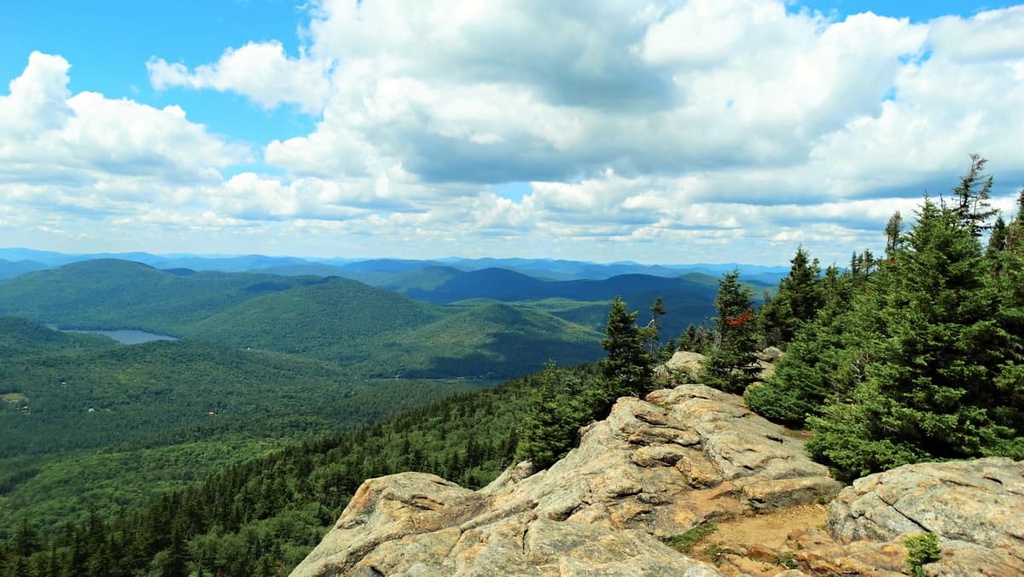
Around 600 million years ago, much of the range had been eroded and a shallow sea covered the landscape. The range was further uplifted about 10 million years ago, though this period of uplift was most likely caused by a hot spot. Alternating glacial and interglacial periods further carved out the landscape when the Laurentide Ice Sheet covered much of the region.
Major peaks within Wilcox Lake Wild Forest include Crane Mountain, Mount Blue, Baldhead Mountain, Buck Mountain, and Hadley Mountain.
Wilcox Lake Wild Forest marks one of the southernmost sections of the eastern forest-boreal transition ecoregion. The rolling hillsides throughout the region are densely forested with a variety of pine, spruce, and deciduous species of trees.
In order to further protect the ecoregion, lumber production has been heavily restricted in the wild forest and the Adirondacks as a whole. The forest landscape also contains patches of wetlands, which include bogs, marshes, and swamps. Higher elevations in the region are home to northern hardwood forests, which often contain balsam fir, red spruce, and black spruce trees.
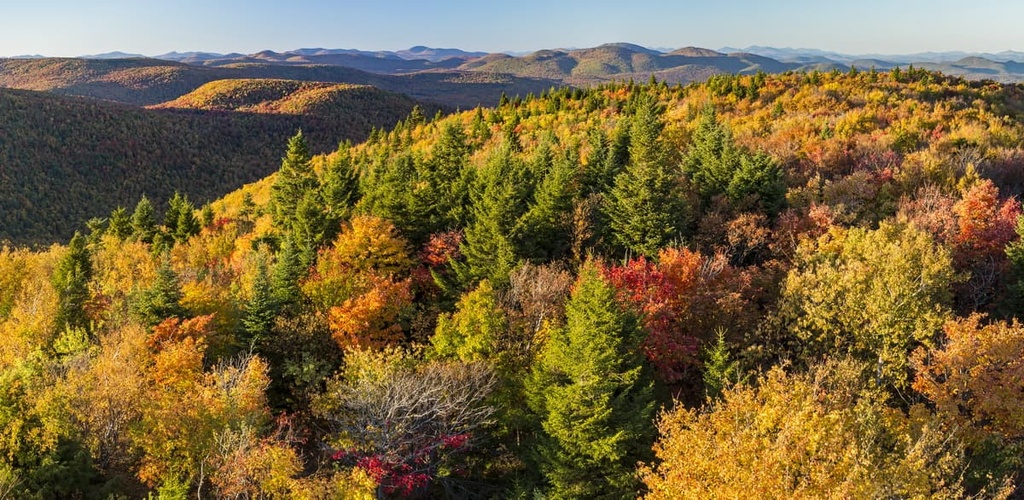
The forested sections of the Wilcox Lake Wild Forest provide the ideal habitat for boreal chickadees, black-backed woodpeckers, Canada jays, spruce grouse, and various other bird species. Mammals commonly found in the forest include white-tailed deer, black bears, red foxes, gray foxes, bobcats, raccoons, beavers, and porcupines.
The wetlands of Wilcox Lake Wild Forest are home to bullfrogs, spotted salamanders, great blue herons, and painted turtles. Common fish species in the major lakes include brown trout, northern pike, smallmouth bass, rock bass, and walleye.
The Adirondack Mountains, including the land within Wilcox Lake Wild Forest, have been inhabited by humans for thousands of years. Traces of Paleo-Indian artifacts and settlements that have been uncovered in the region date back to around 15,000 to 7,000 BCE.
The first Iroquoian peoples to inhabit the region were the Oneida (Onʌyoteˀa·ká) and Mohawk (Kanienʼkehá꞉ka) people, who both used the region as part of their hunting grounds. The Oneida and Mohawk people were two of the five Indigenous nations who founded the Haudenosaunee (Iroquois Confederacy).
The first contact between the Indigenous peoples of the region and European settlers occurred in 1609, and it eventually resulted in a battle at Ticonderoga. Throughout the centuries, fighting broke out fairly frequently between the settlers and the Haudenosaunee as the Haudenosaunee fought to protect their homelands.
Throughout the seventeenth century, the Haudenosaunee were decimated by the arrival of European diseases, such as smallpox and measles, to which they had no natural immunity. During the American Revolutionary War, the Oneida tried to remain neutral, but ultimately joined forces with the rebel troops, and worked as scouts around Fort Stanwix.
By the end of the eighteenth century, the Oneida and other Haudenosaunee nations signed the Treaty of Canandaigua with the US, which granted them 6 million acres (2,428,100 ha) of land, primarily in the state of New York.
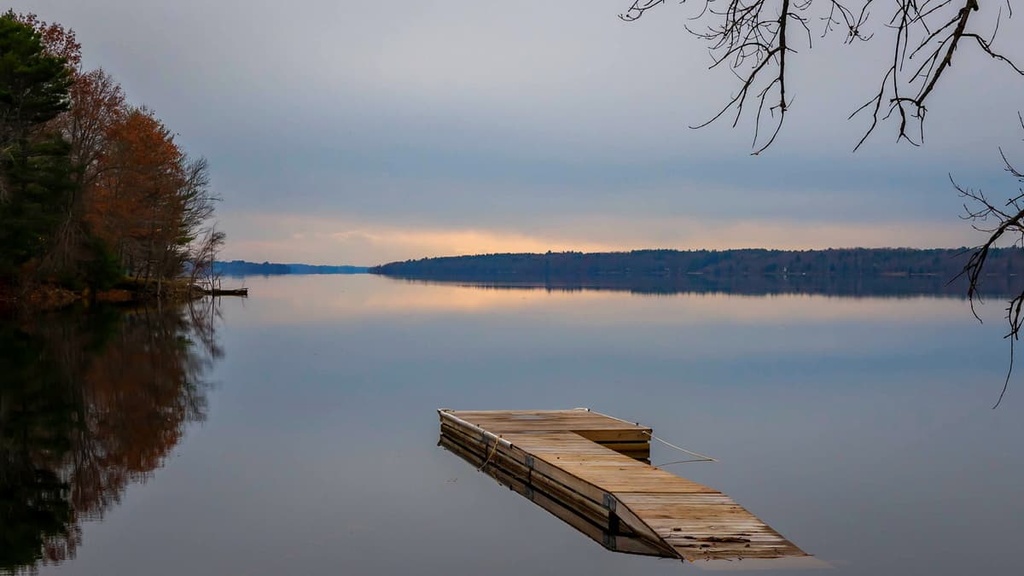
In the following decades, the land that the Oneida had as a result of this treaty was drastically reduced. This reduction forced many Oneida to relocate to Wisconsin and parts of Canada. Today, the Oneida people have four nationally recognized nations, two in the US and two in Canada. This includes the Oneida Indian Nation in New York, the Oneida Nation of Wisconsin, Oneida at the Six Nations of the Grand River, and the Oneida Nation of the Thames.
The southern portions of Adirondack Park were heavily logged following the end of the Civil War. In 1885 much of the region was designated as a Forest Preserve to prevent further destruction of the region.
Today, the Adirondack Park is home to numerous wild forests, including the Wilcox Lake Wild Forest. This designated forest is home to nearly 100 miles (160 km) of hiking trails, and it features numerous cities and towns that are popular for those looking to hike and fish.
Wilcox Lake Wild Forest is home to a number of wonderful trails for outdoor recreation. Here are a few of the trails that you can find within the forest that are worth checking out during your visit.
The route up to the summit of Hadley Mountain is the most popular trail in the entire forest. From the summit, hikers can climb the fire lookout tower for panoramic views of the Adirondack Mountains and Great Sacandaga Lake to the south.
The region was heavily burned at the beginning of the twentieth century, and the forest is still in the process of recovering. This route is 3.4 miles (5.5 km) long round trip and it has 1,561 ft (476 m) of elevation gain.
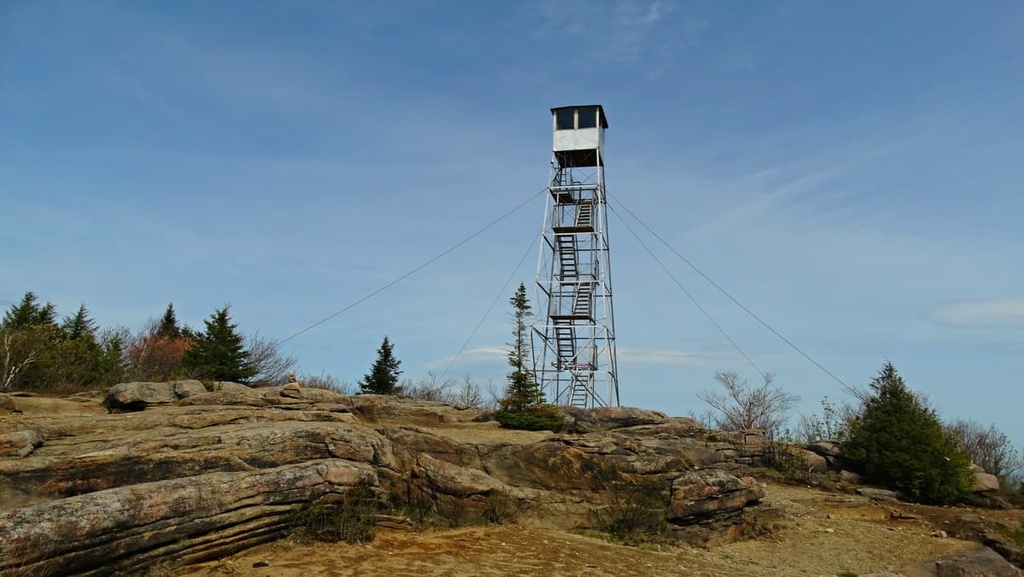
The Crane Mountain Loop Hike is a shorter trail in the forest that offers stunning views of the surrounding landscape. Hikers on this trail will travel along Crane Mountain Pond and cross a natural stone bridge as they make their way to the summit of Crane Mountain.
This trail is 3.1 miles (5 km) in length and it has 1,345 ft (410 m) of elevation gain. Hikers should note that the route also features a ladder climb section, so it’s not great for those who aren’t comfortable with some height and exposure.
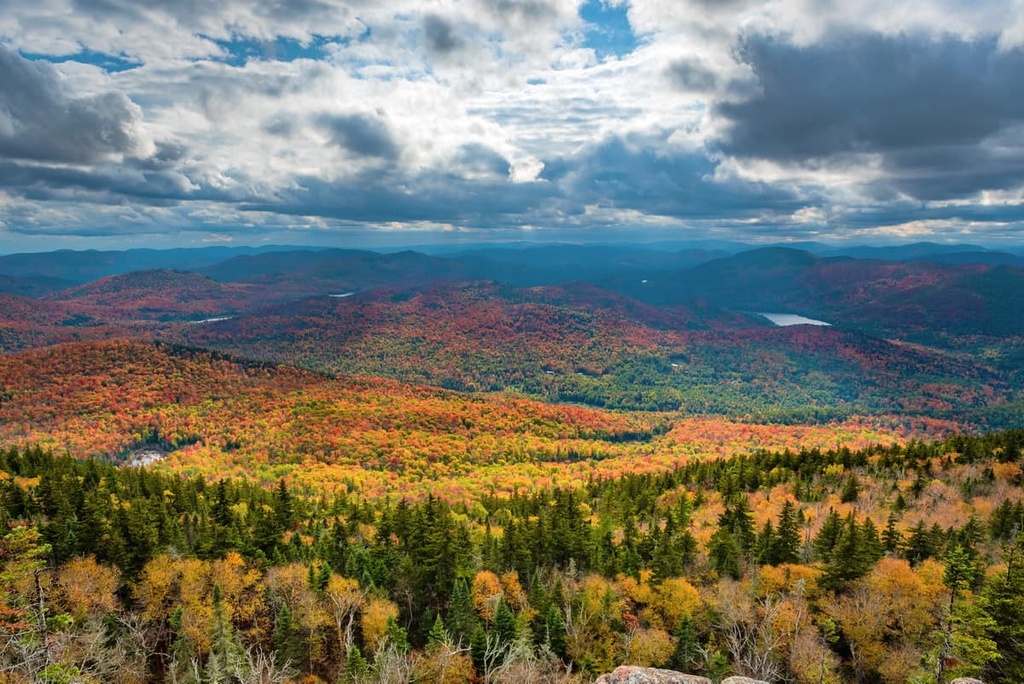
The Tenant Creek Falls Trail is a gentle hike that can be completed throughout the year. This route winds its way through deciduous forests and after departing from the trailhead next to East Stony Creek. From there, the trail climbs steadily while following along Tenant Creek until you reach the falls.
The first waterfall is located around 1 mile (1.6 km) into the route, though hikers can continue on to reach the second and third waterfalls. The entire out and back route is 4.3 miles (7 km) in length and it has 518 ft (158 m) of elevation gain.

Looking for a place to stay near Wilcox Lake Wild Forest? Here are some of the best cities and villages to check out in the region.
The city of Queensbury, New York lies along the eastern edge of Wilcox Lake Wild Forest in the foothills of the Adirondack Mountains. Queensbury is home to around 28,000 residents and it is located just a 10-minute drive away from Lake George.
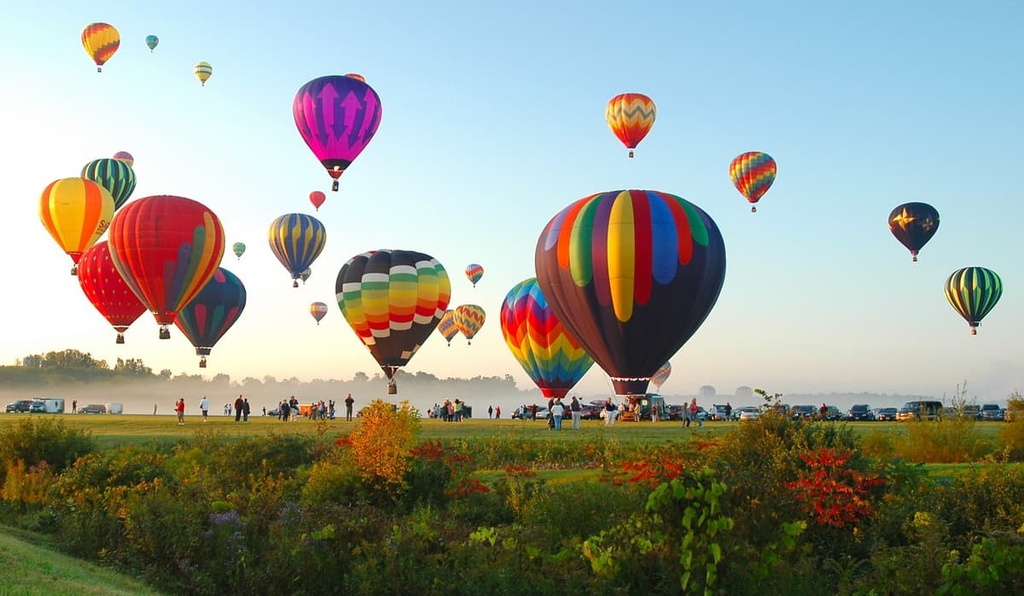
Today, the quaint town of Queensbury attracts thousands of tourists each year who come to enjoy the stunning surrounding landscape. During the summer months, visitors can enjoy hiking, mountain biking, swimming, canoeing, kayaking, and golfing. The winter months also transform the small city into an ideal spot for downhill and cross-country skiing.
The city of Saratoga Springs lies just to the southeast of the forest and is home to around 29,000 residents. Known for its plethora of mineral springs, and close proximity to nature, Saratoga Springs offers year-round entertainment and recreation.
The Saratoga Race Course also lies within the city limits, and it is a famous thoroughbred horse racing track. Notable local museums around the city include the National Museum of Racing and Hall of Fame, Saratoga Springs History Museum, and Saratoga Arts Center.
Local restaurants and art galleries line the quaint downtown streets of Saratoga Springs while the Adirondack Mountains are situated just a short drive away. Hiking, biking, golfing, and watersports are all common during the summer months, making the city a popular destination for those escaping the greater New York City region.
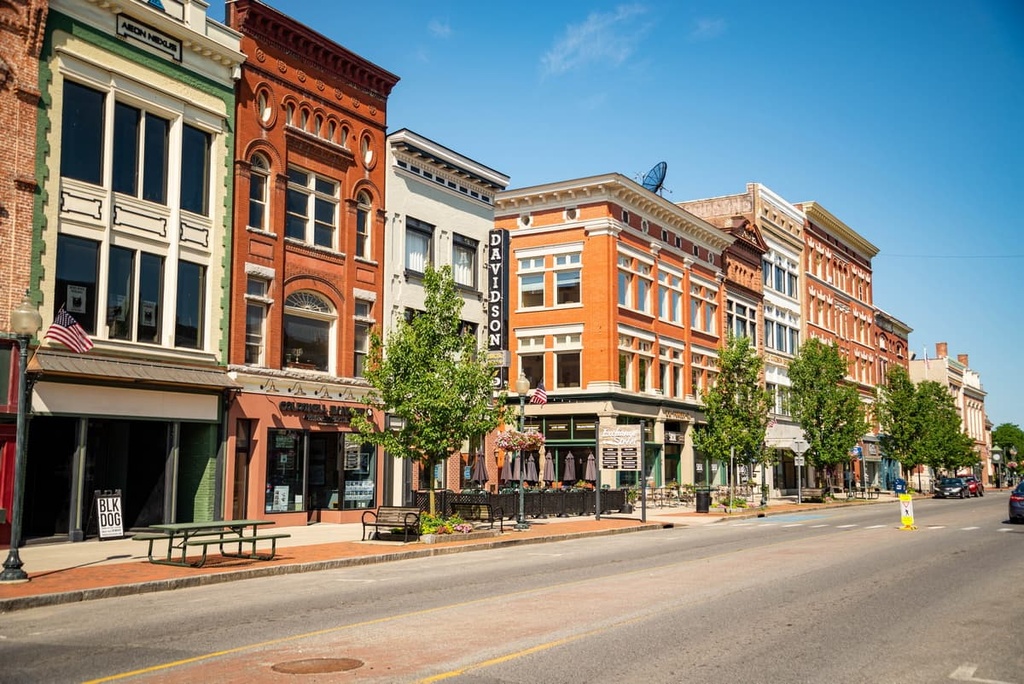
Explore Wilcox Lake Wild Forest with the PeakVisor 3D Map and identify its summits.








